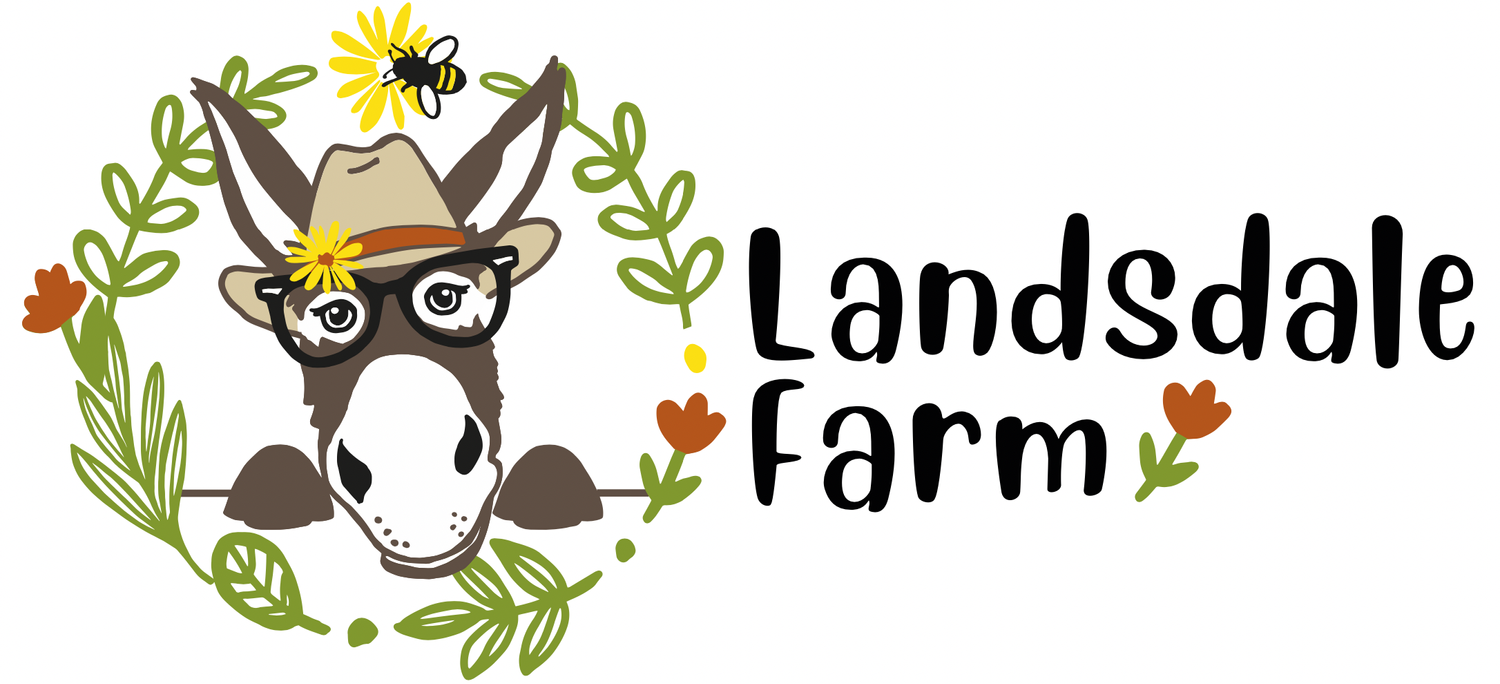
Sustainable practices can start at home.
Living a more sustainable life is easier than you think. Making some simple swaps, and adjusting how you live can go along way to reducing your environmental impact.
You no doubt already use a keep cup, are mindful of your single use plastics and are recycling correctly, but what’s next? At the farm we love composting, as it’s a useful way to dispose of our biodegradable waste and turn it into a beneficial resource. Plus, the good news is composting is a great way to be sustainable at home. It’s super simple to get started and your garden will love you for it.
Getting started:
The best way to start is with a layer of mulch or old potting mix. This provides adequate drainage and aeration at the bottom of your compost. You can then add a layer of green and brown material.
Green material can include fruit and vegetable scraps, used tea, coffee grounds, crushed eggshells, grass clippings, green plant cuttings, old flowers and various weeds. Brown material is your paper, straw, cardboard and dry leaves. When you add to your compost try to use a 2:1 ratio. Two parts brown material to one part green.
You’ll need to turn your compost at least once a week to make sure it is working efficiently. It’s also a good idea to cover the compost at the top. This will keep the heat and moisture in which is essential in cultivating microbes. Having a strong microbial presence is vital in a healthy compost. Microbes are the bacteria which will do the work of breaking down your composting materials. So in order to survive and flourish they will need warm temperatures, nutrients, moisture and oxygen.
What NOT to put in your compost:
When you are adding to your compost, avoid things like diseased plants, cooking oils, treated wood, or pet droppings. It’s also a good idea to stay away from meat scraps unless you have a very large compost system.
If you want to know more about composting, why not ask one our friendly farmers next time you come for a visit!

